'It was just disbelief:' Families wonder why their perfectly healthy child suddenly died
MILWAUKEE -- For two southeast Wisconsin families, a regular bedtime ended in their worst nightmare. A healthy child never woke up. Years later, both families still have no idea what happened.
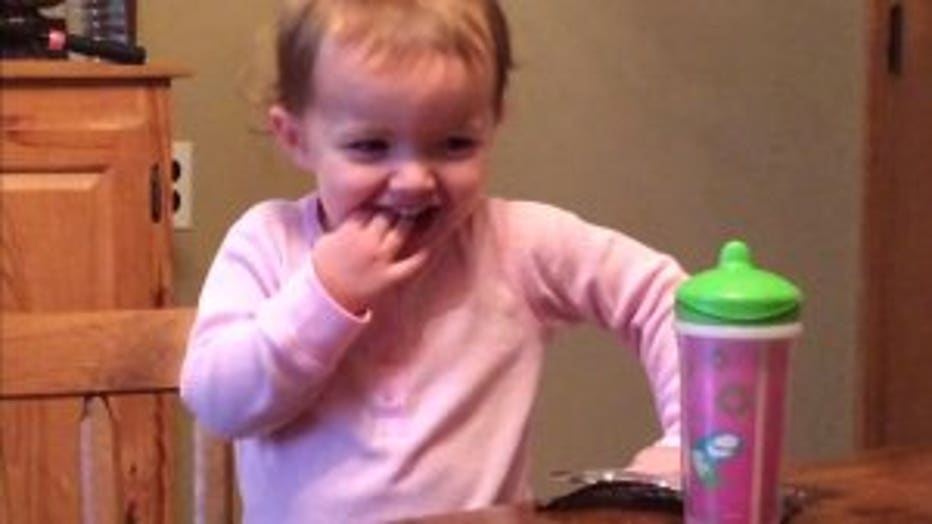
Clara Depies was born on Oct. 2, 2012. Shortly after her second birthday, she was full of energy.
“She just loved being around people. She loved dancing and singing,” said Clara’s mother, Anna. “She was just the light of my life.”
Olivia Schneider was born on Feb. 5, 2014. Shortly after her fourth birthday, she also was bursting with personality.
“She was a wild child. She didn't take anything serious,” said Olivia’s mom, Kimberly. “Our family picture she`s got her tongue hanging out or she`s making a funny face."
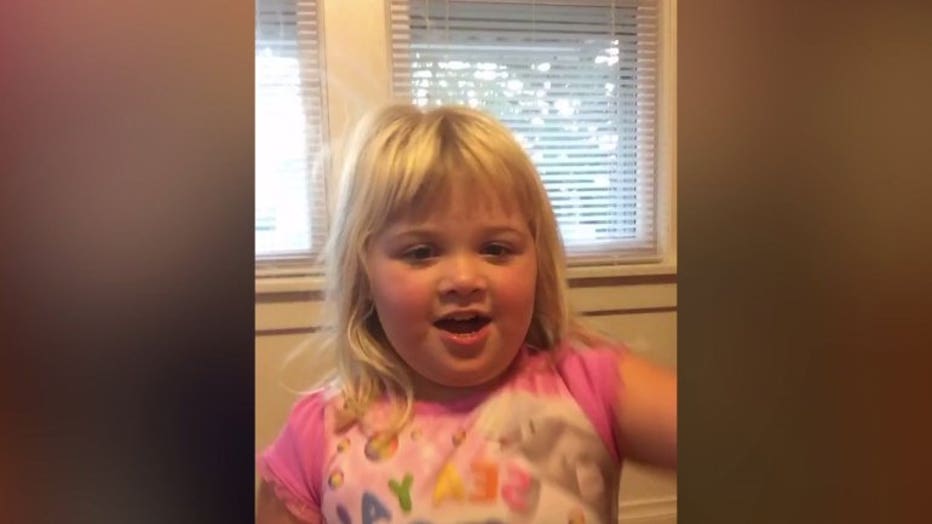
In the end, Clara and Olivia would have something else in common. Both died in their sleep.
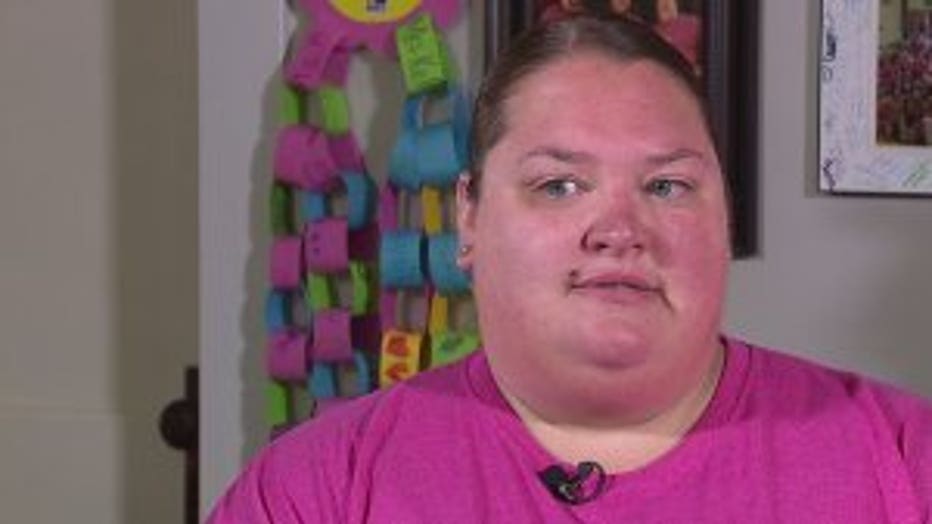
“I had gone in to wake her and discovered she was not waking up,” said Kimberly. “It was an experience I never want anyone to experience because it’s rough.”
Clara’s mom was at an exam when she got the life-changing phone call.
“They told me there was a family emergency, and I needed to call home right away,” said Anna. “Then I talked to my husband and he told me Clara had died.”
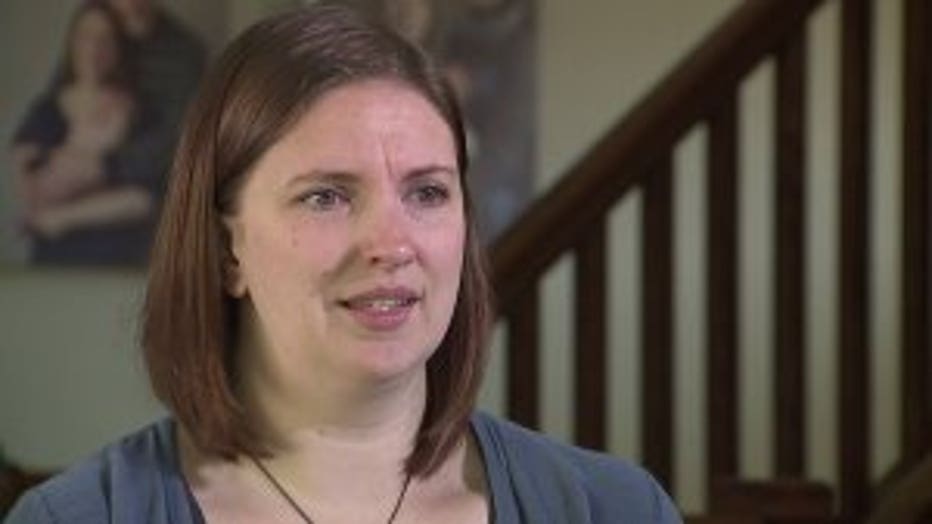
Both families were left wondering why their perfectly healthy child suddenly died. Ultimately, after an autopsy the cause of death was “unknown.”
"It kind of takes you a moment to be like what? What do you mean there's no answer?” said Kimberly.
“It was just disbelief because I had seen her. She was healthy. She wasn’t sick. Kids over the age of one don’t just die,” said Anna.
It is well known that there is a thing called SIDS, Sudden Infant Death Syndrome. It is when babies less than one-year old die in their sleep, but sudden death doesn’t just stop.
There is a lesser known term, SUDC, Sudden Unexplained Death in Childhood. It applies to children ages 1 to 18.
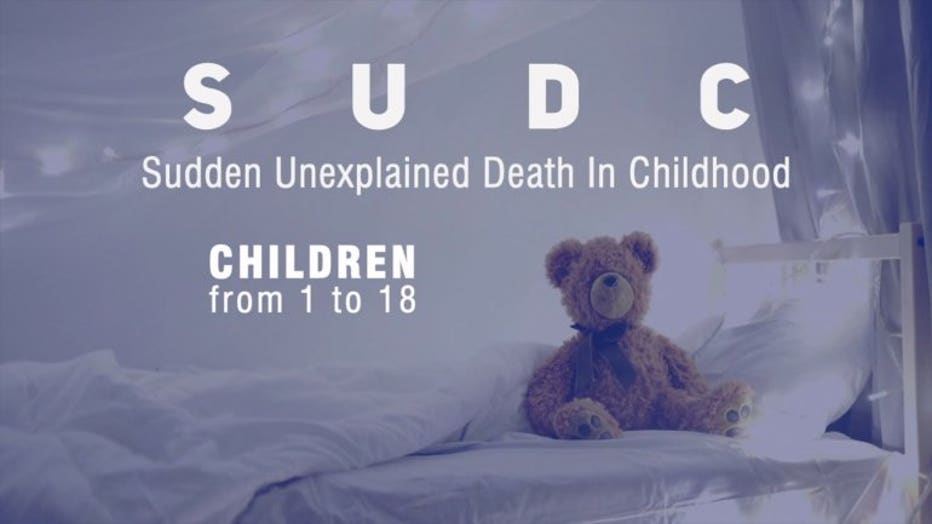
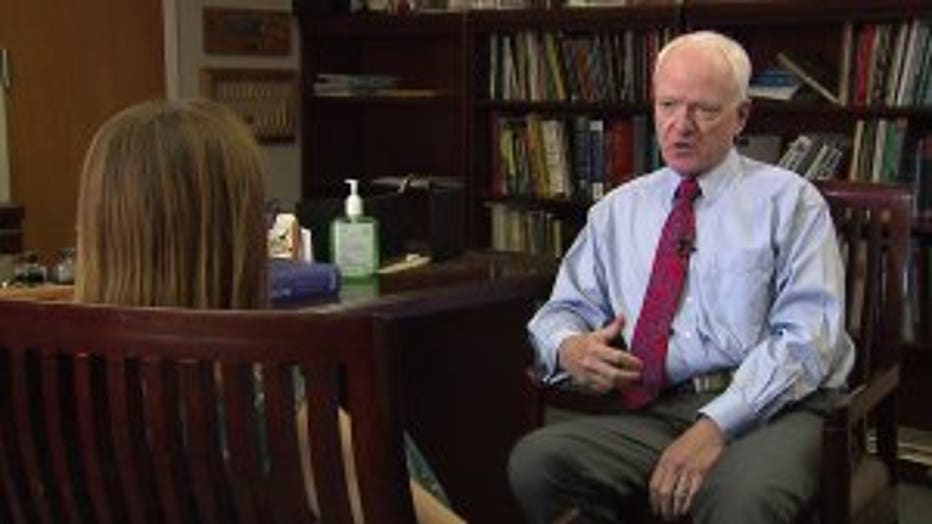
Brian Peterson
“Those are the most frustrating cases ever. When you've done all the things that your science allows you to do, and at the end of the day you have no answer,” said Milwaukee County Chief medical examiner Brian Peterson.
Peterson estimates there are around 300 deaths like Clara and Olivia in the United States every year. However, because there is no uniform way to perform and record autopsies, the data isn’t that great.
“There have been so many changes and so many ways of looking at things differently. It’s hard to get a really good number,” said Peterson.
Laura Crandall is the president of the SUDC Foundation.
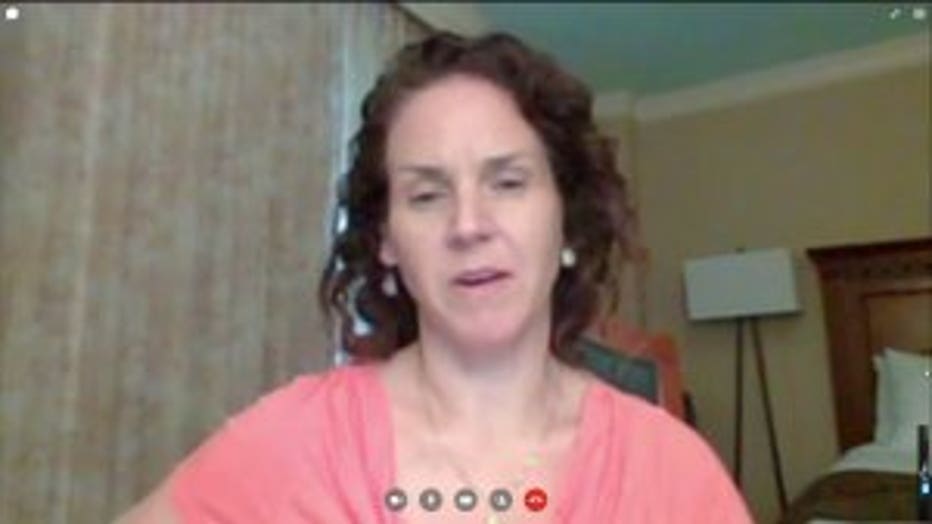
Laura Crandall
“It is a public health problem. Unfortunately, the way we operate our surveillance around it is very limited,” said Crandall.
When Crandall’s daughter died suddenly in 1997, the term SUDC didn’t even exist. Now her foundation is helping create the first ever national guidelines on how to handle death investigations of a child.
'We hold a lot of promise that it is going to raise the bar on investigations nationally so we can have better data for the accuracy for the cause of death of these individual families, but also much better data for research so we can learn more from each and every one of these tragedies,” said Crandall.
The guidelines are being created with the help of the National Association of Medical Examiners and the American Academy of Pediatrics. The goal is for children like Olivia and Clara to celebrate more birthdays.
'It's hard to believe what she would be like. She'd be turning 7 this year. It's so strange to think that I would have a 7-year-old,” said Anna.
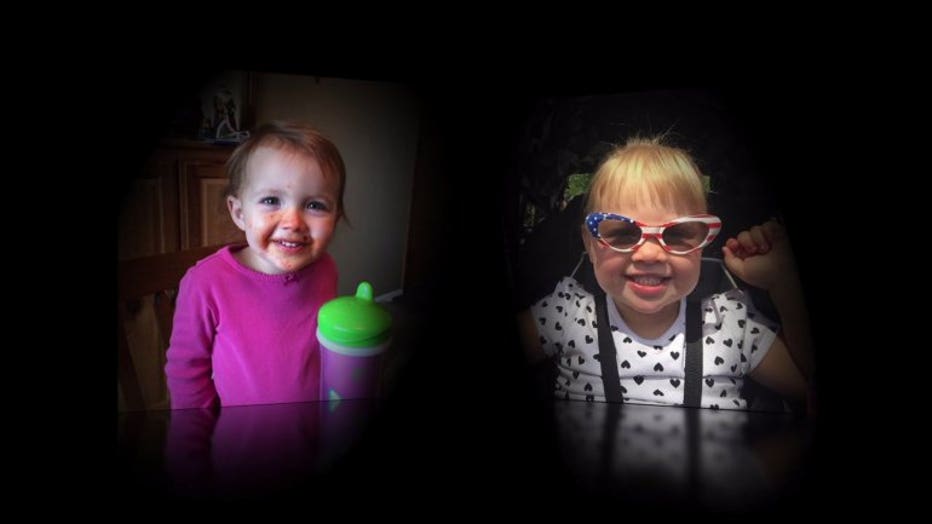
Without answers, Anna is left with two photo albums. One for each year of Clara’s life. At the Schneider home, a pink Olivia tree sits out year-round.
"It sits there, and when I look at it, it makes me think of her and it makes me smile,” said Kimberly.
An “Olivia’s room” sign still hangs on Olivia’s door.
Both families hope more awareness and more research will one day open the door to answers.
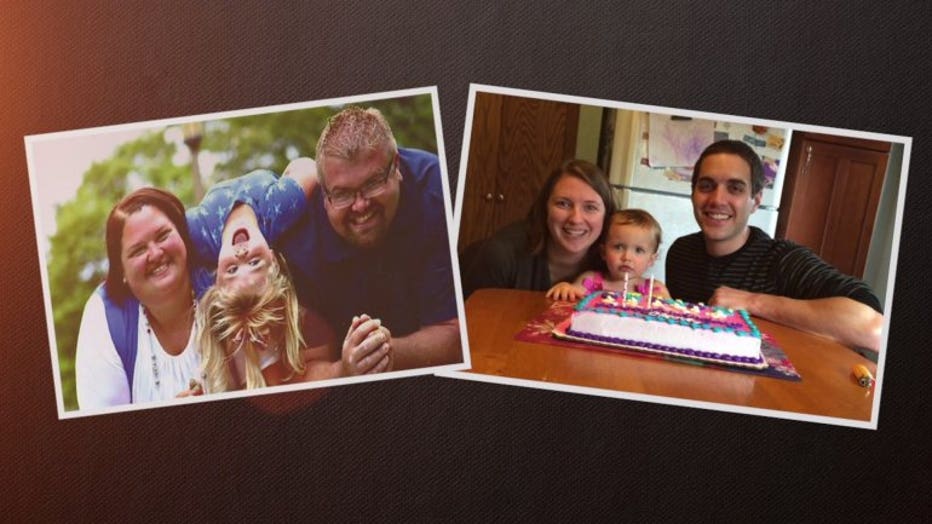
"Yes I've come to terms with it. Yes it's unknown.. It's what it says on her death certificate, but to have that little bitty answer would mean the world to me. More than anybody would ever know,” said Kimberly.
Both families have also provided DNA to the SUDC registry and research collaborative at New York University.

